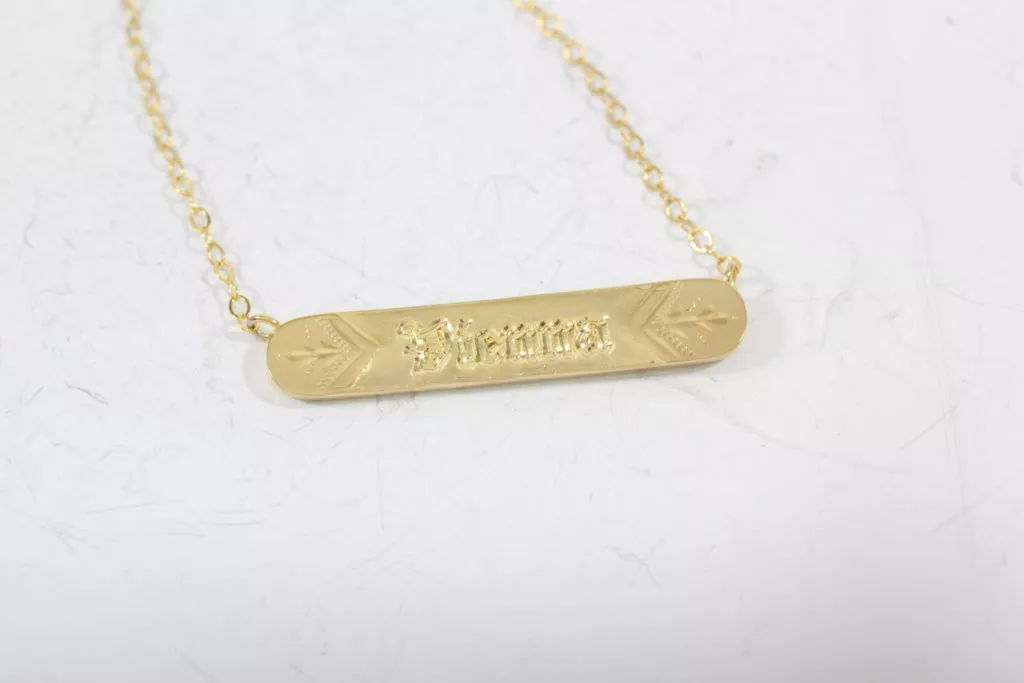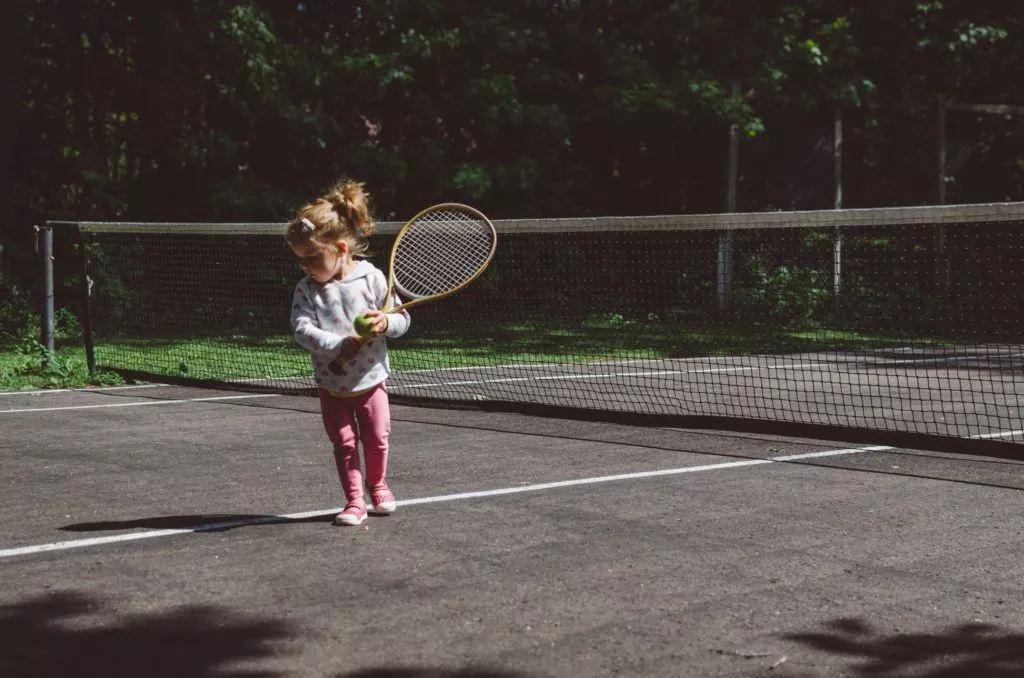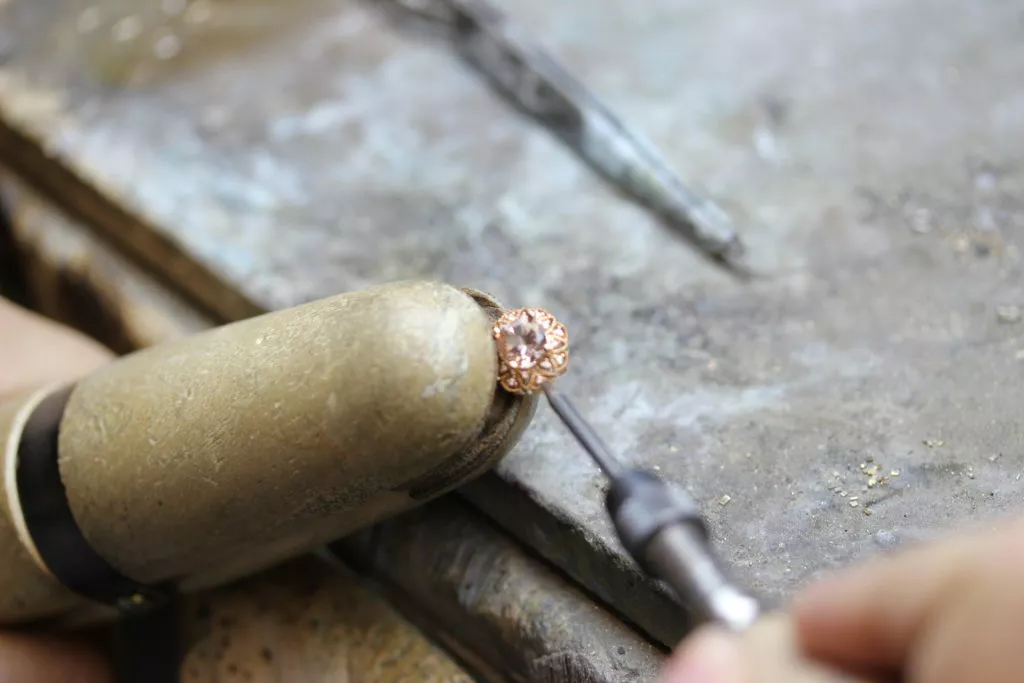Jewelry Clasp Types: The Pros and Cons of Each Jewelry Clasp
Written by Anna Currell
June 28, 2023

Jewelry clasps are essential components of most types of jewelry. Clasps are the mechanisms that secure bracelets, necklaces, and other types of jewelry in place, ensuring that they stay on your wrist or neck. There are several jewelry clasp types, each with its own unique set of advantages and disadvantages. In this article, we will discuss the pros and cons of some of the most common jewelry clasp types used in jewelry today.
Spring Ring Clasp
Spring ring clasps are one of the most popular jewelry clasp types. They consist of a metal jump ring that hooks onto a spring-loaded mechanism that opens and closes when pressure is applied to a small tab. They are easy to use and can commonly be found in necklaces, bracelets, and anklets.
Pros:
- They are small and inconspicuous, which makes them ideal for delicate jewelry.
- They are affordable and widely available.
Cons:
- Spring ring clasps can be difficult to use for people with arthritis or other hand mobility issues.
- They are not as secure as other types of clasps and may come undone if pulled or twisted.
Lobster Claw Clasp
Lobster claw clasps are similar to spring ring clasps in that they consist of a metal ring that loops onto a spring-loaded mechanism. These clasps are larger and have a distinct shape that resembles a lobster claw, where the claw pulls open to hook onto the jump ring.
Pros:
- They are more secure than spring ring clasps and are less likely to come undone.
- They are widely available and can be found in a variety of sizes and finishes.
Cons:
- Like spring ring clasps, lobster claw clasps can be difficult to open for people with hand mobility issues.
- They may be too bulky for delicate or fine jewelry.
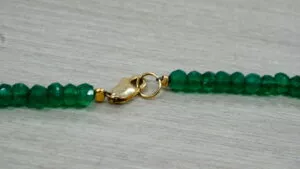
Toggle Clasp
Toggle clasps consist of a bar and a loop that fit together to secure the jewelry. The bar is usually shaped like a T or a straight line, while the loop is often round or oval. To fasten the toggle clasp, the bar is inserted through the loop and then rotated or flipped to secure it in place. The shape and design of the toggle clasp provide a reliable closure for jewelry, since they prevent the bar from slipping out of the loop accidentally.
Pros:
- Toggle clasps are easy to use and can be operated with one hand.
- They are more secure than spring ring and lobster claw clasps and are less likely to come undone.
- They are stylish and can add a unique touch to jewelry.
Cons:
- Toggle clasps may be too large and bulky for delicate jewelry.
- They may be difficult to fasten for people with hand mobility issues.
Box Clasp
Box clasps are composed of two pieces; the box itself, which has a hollow center, and a tab that fits inside the box and snaps into place to secure the jewelry.
Pros:
- Box clasps are secure and are less likely to come undone than other types of clasps.
- They are stylish and can add a unique touch to jewelry.
- They are ideal for heavier jewelry as they are strong and sturdy.
Cons:
- Box clasps may be too bulky for delicate jewelry.
- They can be difficult to open and close for people with hand mobility issues.
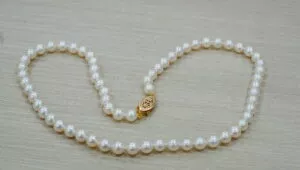
Magnetic Clasp
Magnetic clasps are composed of two end pieces with magnets that attract to secure the jewelry. They are commonly used for bracelets and necklaces.
Pros:
- Magnetic clasps are easy to use and can be operated with one hand.
- They are more secure than spring ring clasps but less secure than other types of clasps.
- They are ideal for people with hand mobility issues as they are easy to open and close.
Cons:
- Magnetic clasps are not as secure as other types of clasps and may come undone if pulled or twisted.
- They are not recommended for heavier jewelry as the magnetic force may not be strong enough to keep the jewelry in place.
Hook and Eye Clasp
Hook and eye clasps consist of a curved metal hook and a loop that fit together to secure the jewelry. The hook is usually shaped like a J, and it is inserted into the loop formed by the eye. The hook is then rotated or flipped, securing it in place within the loop. This mechanism ensures that the clasp remains securely closed while the jewelry is being worn.
Pros:
- Hook and eye clasps are easy to use and can be operated with one hand.
- They are more secure than spring ring clasps but less secure than other types of clasps.
- They are ideal for delicate jewelry as they are small and inconspicuous.
Cons:
- Hook and eye clasps may come undone if pulled or twisted.
- They can be difficult to fasten for people with hand mobility issues.
Choosing the right type of jewelry clasp can help you to make sure your jewelry fits correctly and looks the way you want it to. Each type of clasp has its own unique set of advantages and disadvantages, and you should choose one based on your personal preferences. Consider the pros and cons of each clasp type before making your decision, and be sure to take care of the clasp as you wear your jewelry to keep it in good working order. If you've discovered that your jewelry clasp needs repair or replacement, don't let it sit in your jewelry box any longer! Quick Jewelry Repairs is here to help you get your jewelry back to its original beauty and functionality.
